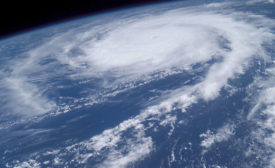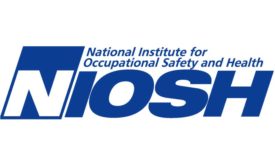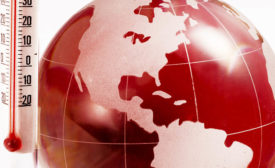Home » Keywords: » disaster relief
Items Tagged with 'disaster relief'
ARTICLES
When disaster strikes, will you be ready?
CDC offers emergency response training for EHS pros
October 11, 2017
A NIOSH Science Blog post
New software tracks health of emergency responders
October 2, 2017
Honeywell donates $2 million in personal protective equipment to aid in Texas recovery efforts from Hurricane Harvey
Donation of broad range of protective gear will support first responders in Houston and across southeast Texas for emergency response, clean-up efforts
September 6, 2017
OSHA suspending enforcement in Harvey-hit areas
Other federal agencies take action, send personnel
September 5, 2017
Get our new eMagazine delivered to your inbox every month.
Stay in the know on the latest safety trends.
SUBSCRIBE TODAYCopyright ©2024. All Rights Reserved BNP Media.
Design, CMS, Hosting & Web Development :: ePublishing





